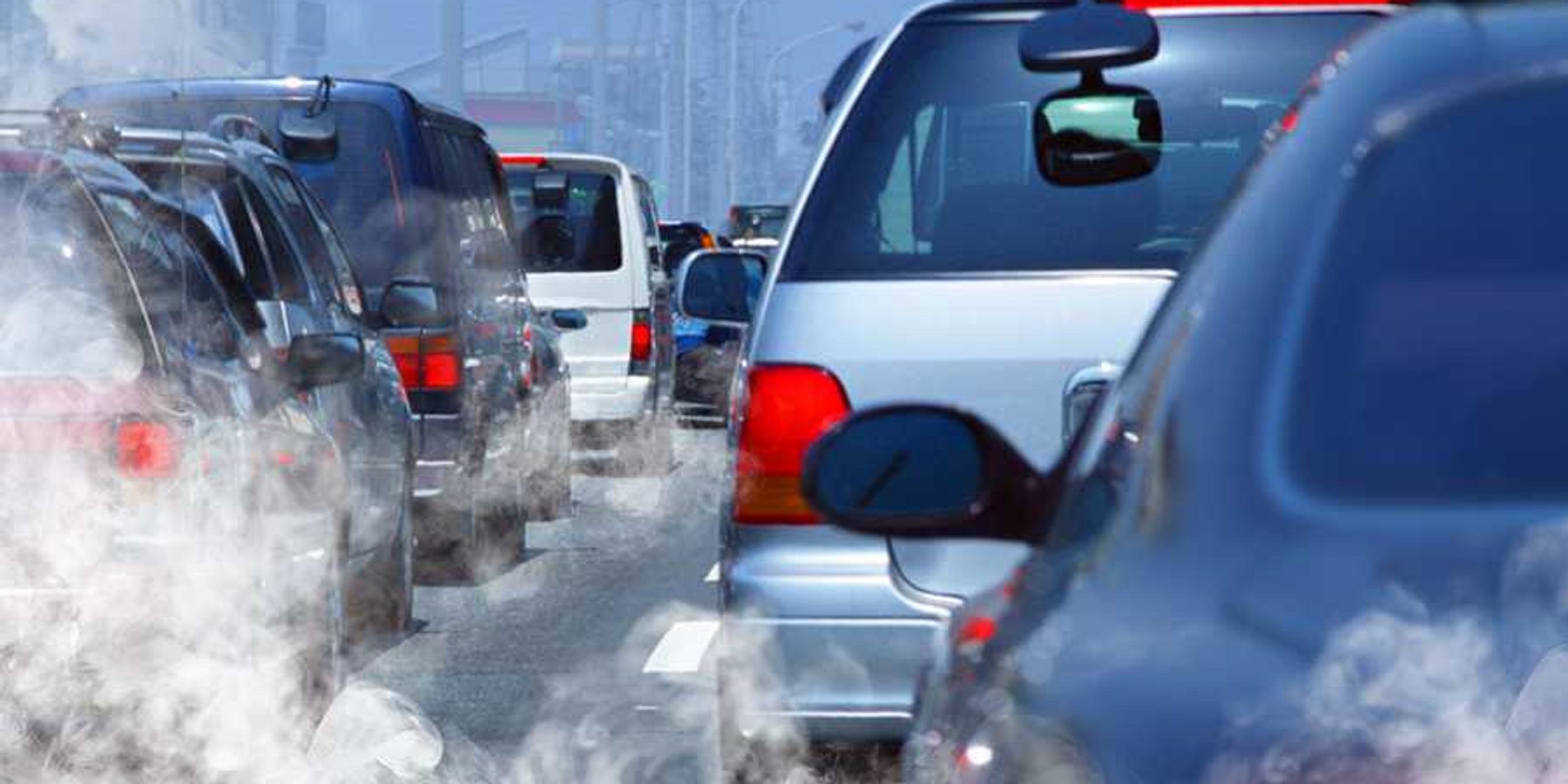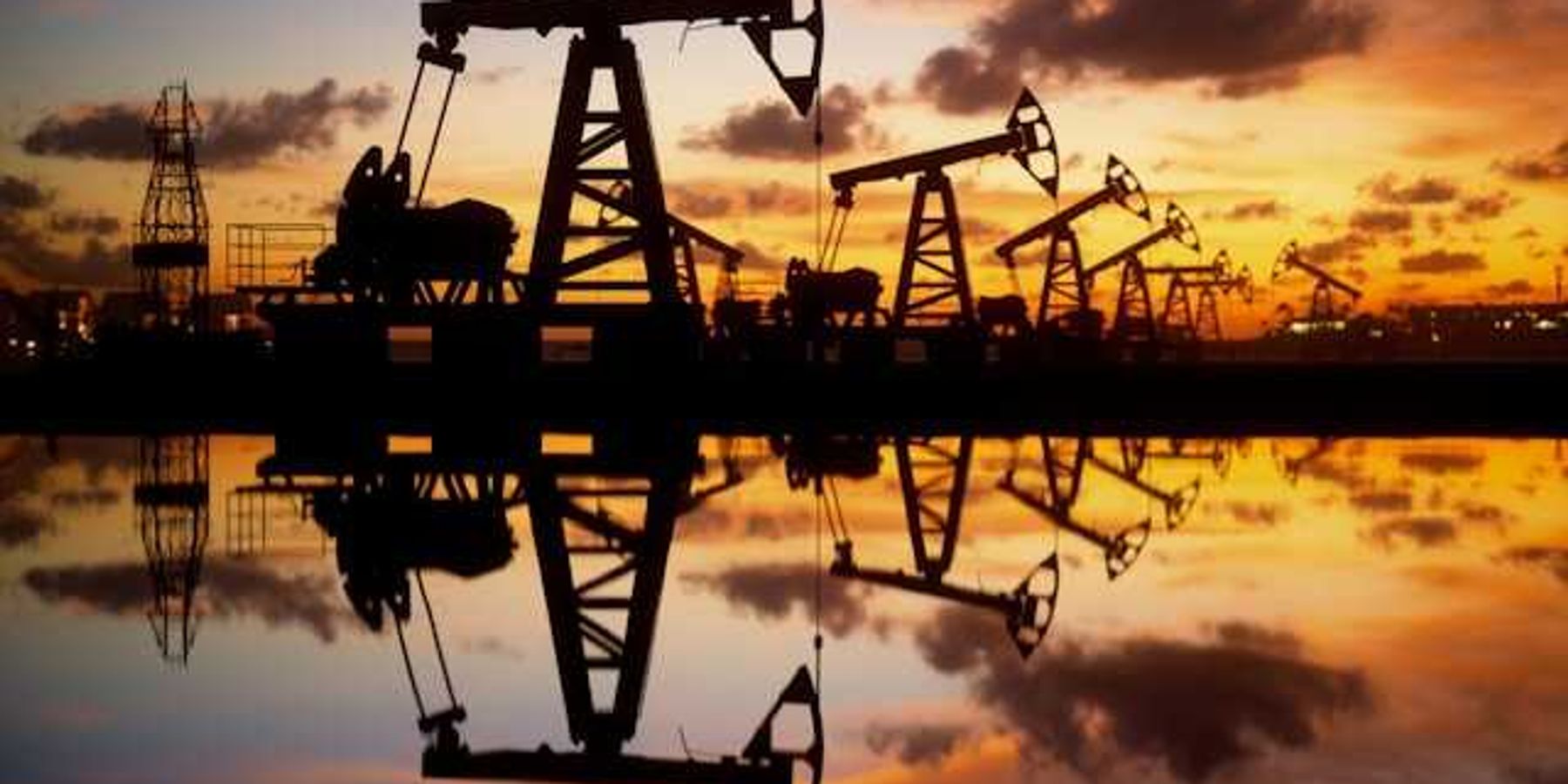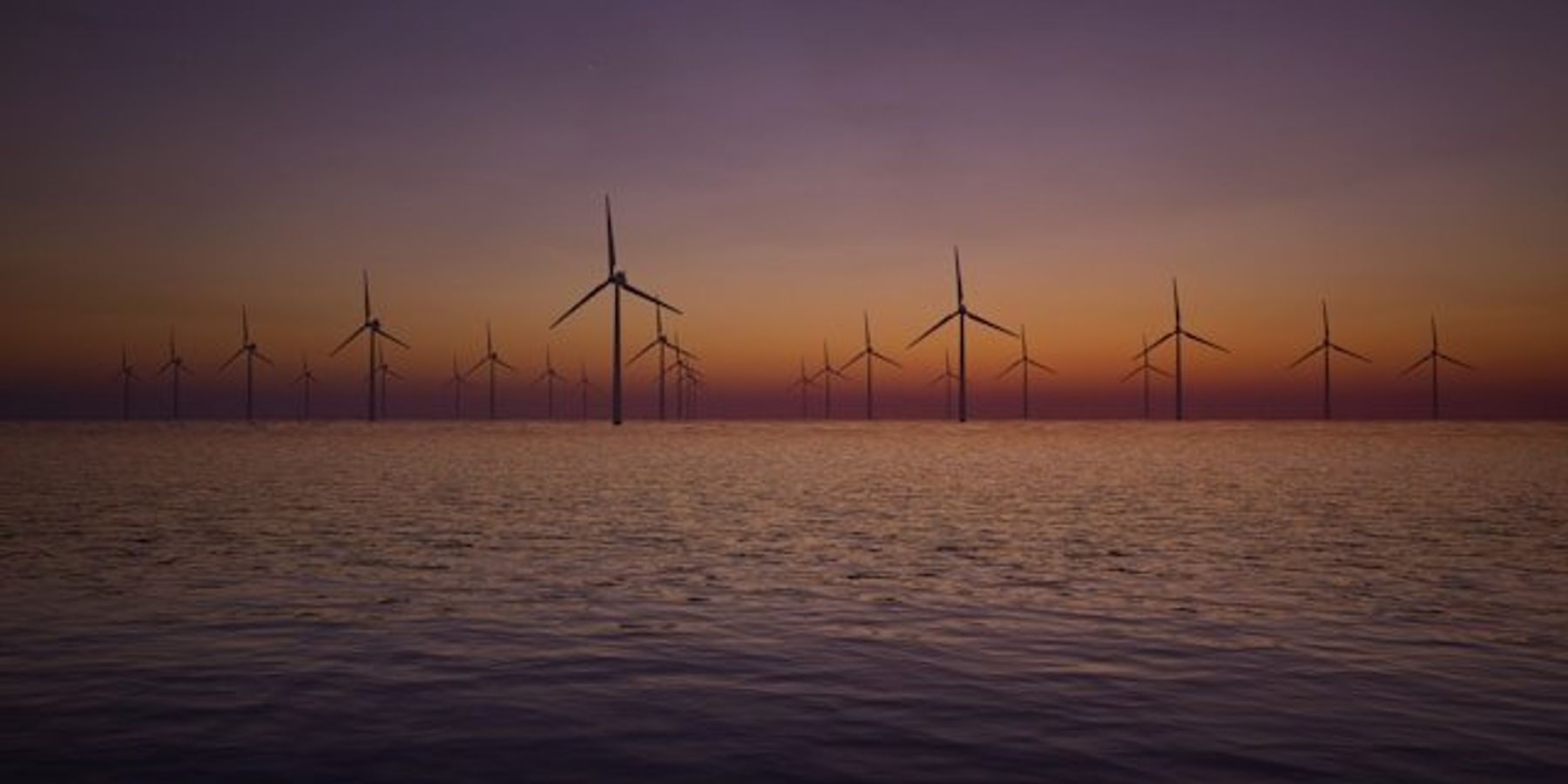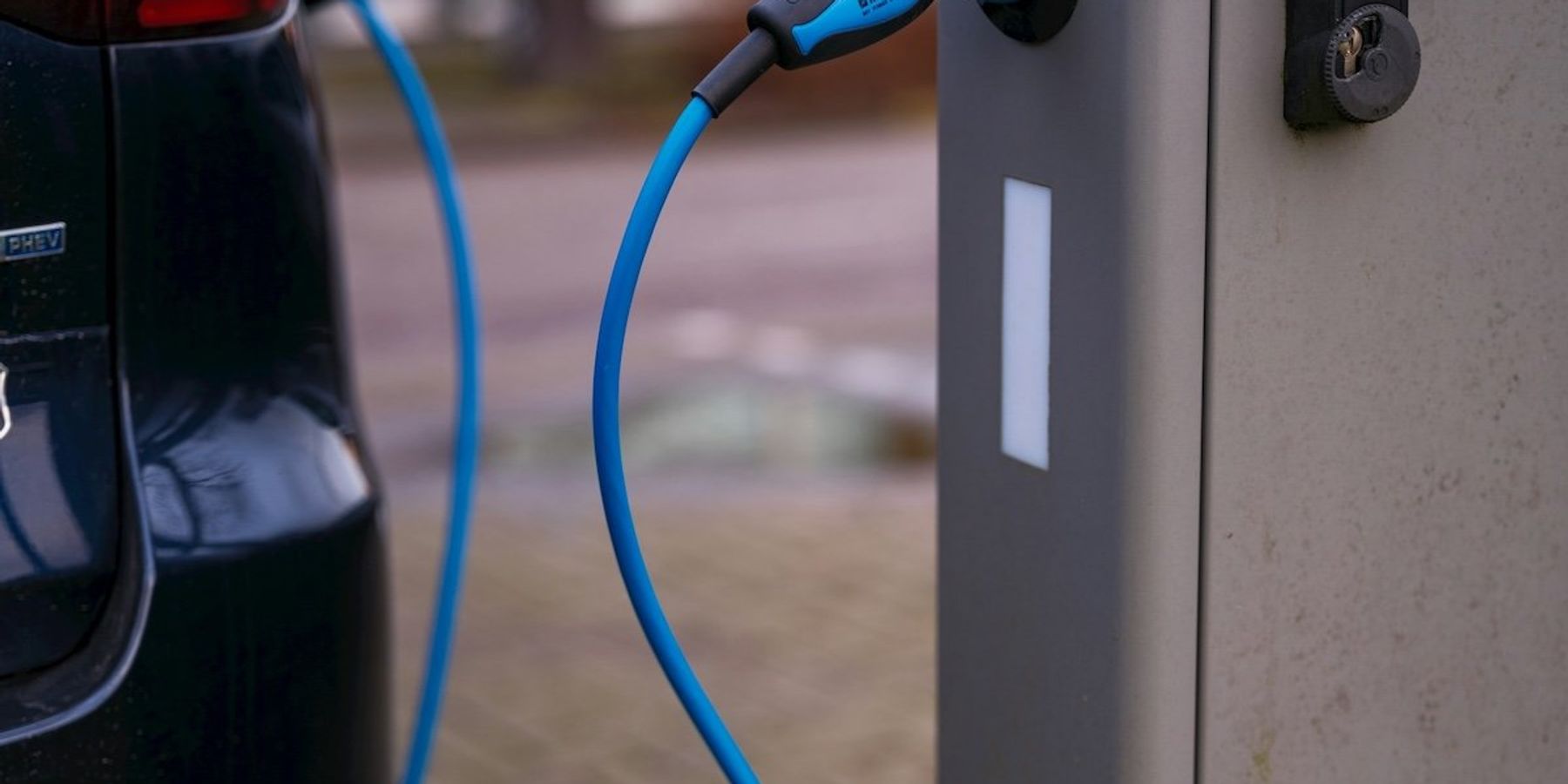Upper-income households capture most Biden energy tax credits
A significant portion of tax credits aimed at promoting energy efficiency under Biden’s administration is disproportionately benefiting wealthier households, leaving lower-income families with minimal support.
Thomas Frank reports for Politico.
In short:
- The top 25% of households received 66% of the $5.5 billion in energy efficiency tax credits in 2023.
- Lower-income families, earning less than $25,000, received just $32 million, highlighting a significant disparity.
- Critics argue this imbalance undermines efforts to make climate policy more equitable and could hurt public support.
Key quote:
“These tax credits don’t increase the affordability for families making over $500,000. They can already afford it. And they get lower energy prices.”
— Mark Wolfe, executive director of the National Energy Assistance Directors Association
Why this matters:
The unequal distribution of tax credits could erode public confidence in climate policies designed to reduce carbon emissions, making it harder to achieve widespread support for future initiatives.
Related: Millions of households receive energy tax credits for upgrades













